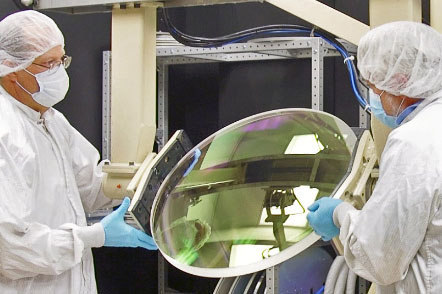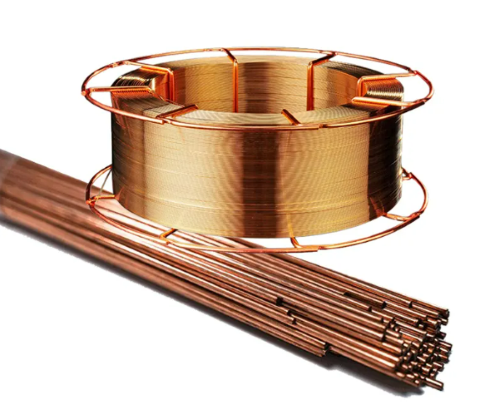Ion Implantation Technology: Revolutionizing Industries
Ion implantation technology has emerged as a cornerstone of innovation across various industrial landscapes. This sophisticated technique, which involves embedding ions into the surface layer of materials, has significantly transformed the metal material industry, semiconductor production, and, notably, the biomedical field. By tailoring the properties of materials at the atomic level, ion implantation has opened new avenues for enhancing product durability, efficiency, and performance.
In the Metal Material Industry
The application of ion implantation in metal materials aims to fundamentally alter their surface properties, thereby enhancing their mechanical, chemical, and physical characteristics. This process is critical in modifying the acoustics, optics, superconducting properties, and especially the wear resistance, corrosion resistance, and oxidation resistance of metals. Industries have harnessed this technology for air hydraulic pump distribution, precision coupling in internal combustion engines, and the manufacturing of automobile engine parts, hard alloy cutting tools, and large-size precision wear-resisting parts. The ability to precisely control the implantation process allows for the customization of material properties to meet specific industrial needs, thereby extending the lifespan and reliability of critical components.
Moreover, ion implantation has been instrumental in prolonging the service life of dies and molds. By injecting selected ions into these components, manufacturers can significantly enhance their resistance to wear and tear, extending their operational life and reducing the need for frequent replacements. This not only results in cost savings but also improves manufacturing efficiency and product quality.
In the Semiconductor Industry
The semiconductor industry, the backbone of modern electronics, has greatly benefited from the advancements in ion implantation technology. With its unparalleled controllability and repeatability, ion implantation has become a fundamental step in the fabrication of integrated circuits. This technology enables the precise doping of semiconductor materials with impurities, tailoring their electrical properties to meet the exact specifications of electronic devices. The process's precision is particularly crucial for developing ultra-shallow junctions in devices smaller than 65nm, highlighting ion implantation's role in the miniaturization and enhancement of semiconductor devices.
![]()
In the Biomedical Industry
Ion implantation has also made significant strides in the biomedical industry by improving the properties of medical devices and implants. Through the modification of surface characteristics, ion implantation enhances the biocompatibility, durability, and resistance to bacterial colonization of biomedical implants. This technology plays a vital role in ensuring the long-term success and functionality of implants, from orthopedic to cardiovascular devices, marking a significant advancement in patient care and medical outcomes.
Conclusion
As ion implantation technology continues to evolve, its impact extends across diverse industries, underscoring its versatility and critical role in modern manufacturing and research. In this dynamic landscape, Stanford Advanced Materials (SAM) emerges as a key player, providing high-quality, customized ion implantation components essential for pushing the boundaries of what this technology can achieve. Their offerings, from tungsten and molybdenum to TZM alloy components, support the ongoing advancements in ion implantation applications, from the metal material and semiconductor industries to groundbreaking biomedical innovations.
The collaboration between industry leaders like SAM and the broader scientific and engineering communities is pivotal in harnessing the full potential of ion implantation technology. As we look to the future, the continued integration of ion implantation in industrial and biomedical applications promises not only to enhance the performance and efficiency of products but also to contribute significantly to the development of sustainable and innovative solutions that address the complex challenges of our time.



